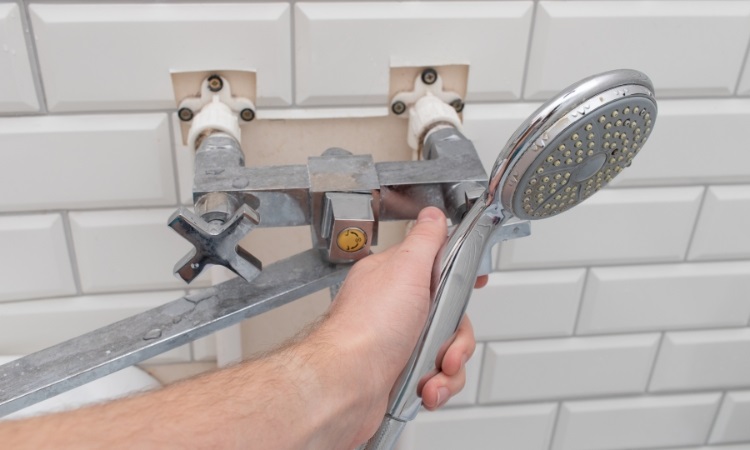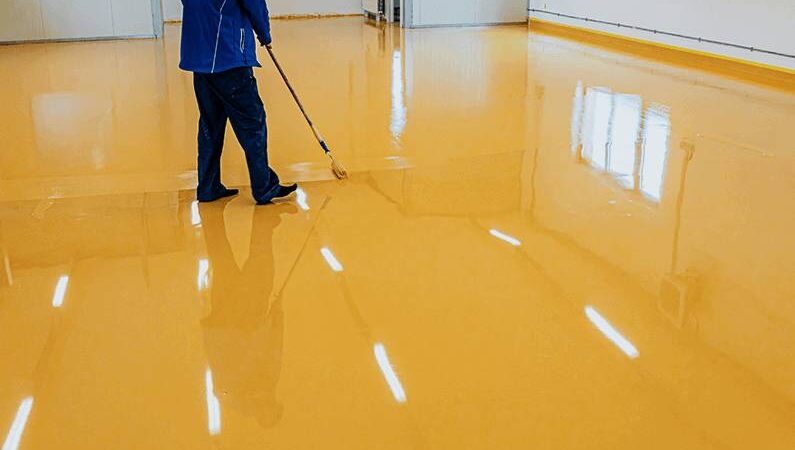Everything You Need to Know About the Removal Process

Mold remediation is an important process that aims to identify and remove extensive mold growth in homes to ensure the safety of occupants. Mold remediation is also increasingly being included in home sales and purchases. As a professional offering Toronto mold remediation service says, specific business men may take advantage of homeowners due to the seriousness of specific types of mold. Is mold removal a sincere, beneficial endeavor or merely a giant scam?
The Fundamentals of Mold in the Home
Mold is a frequent issue in lots of residences. Homes in the wettest areas of the country typically contain more mold, but even in dry areas, some areas and rooms are more prone to mold formation.
Unquestionably, dwellings with moisture will have mold. The mold that develops in the grout between ceramic tiles is the most well-known type. You perform a simple do-it-yourself mold repair each time you wipe off the mold after spraying it with a cleaner containing bleach. More hazardous mold can be found in other locations, both aesthetically and in terms of safety.
Areas of the House Where Mold Develops
Mold can grow everywhere there is standing water. In a home with excessive humidity, mold can condense and grow. Contrary to popular belief, despite having better insulation, modern homes frequently experience more mold growth than older ones. Mold is difficult to get rid of and remove because it can grow on fiberglass insulation.
- Attics
- Crawl places
- Insides of walls
- Basements next to chimneys
- Furnaces Ducts Kitchens
- Below sinks
- Air vents on the foundation
- A/C units that fit under windows
The Mold Remediation Process
In less than 10 square feet (about 3 feet by 3 feet), homeowners can repair moldy areas, according to the Environmental Protection Agency (EPA). It would help if you also visited a mold removal expert. Hiring a mold remediation professional instead of a generic contractor is typically advisable.
· Ventilation and containment
The first and most important step is to build containment and ventilation. It is necessary to utilize air scrubbers and sufficient ventilation to prevent airborne mold spores from spreading to uninfected areas.
· Disinfecting and cleaning
When diseased materials are treated and disposed of, the next procedure comprises cleansing and disinfection. After washing and disinfecting, the specialists then use biocide, fungicide, and modified solutions.
· Identify and address the source of the mold
In the following phase, the experts handle any moisture or humidity issues. For instance, fixing a loose bathroom fan duct that reaches the attic could be possible. The mold removal company might undertake the repair independently if it is straightforward. The company might use a subcontractor or recommend one to the homeowner for more difficult repairs.
· Encapsulate the Mold
The mold that hasn’t been removed may be coated with paint or comparable material. A method for addressing mold problems in homes is called encapsulation. However, it cannot be used until the afflicted area has dried fully and most of the mold has been removed. The source or cause of the mold should be treated before painting or caulking. Enclosing sources of damp, active mold is not advised.







